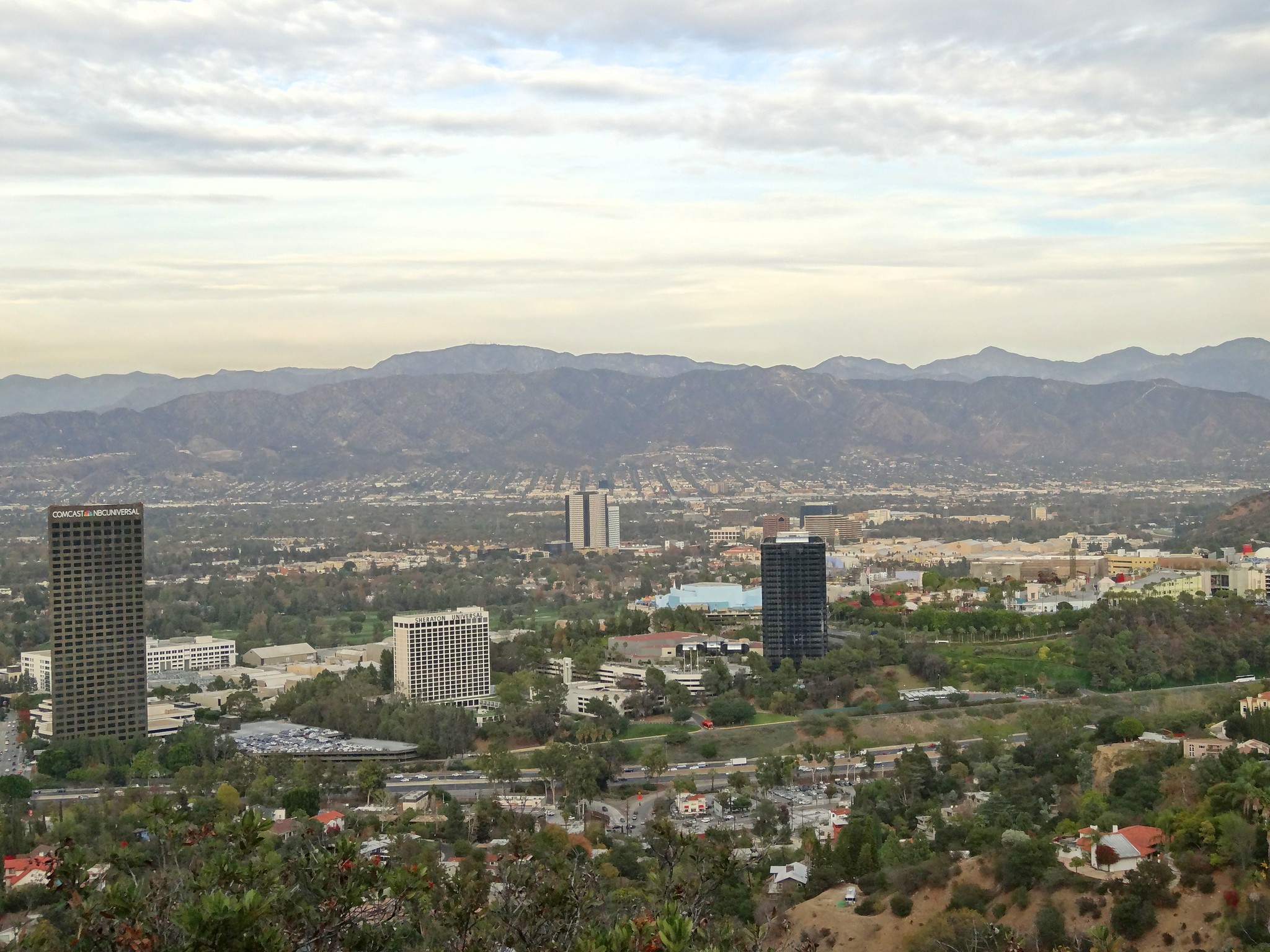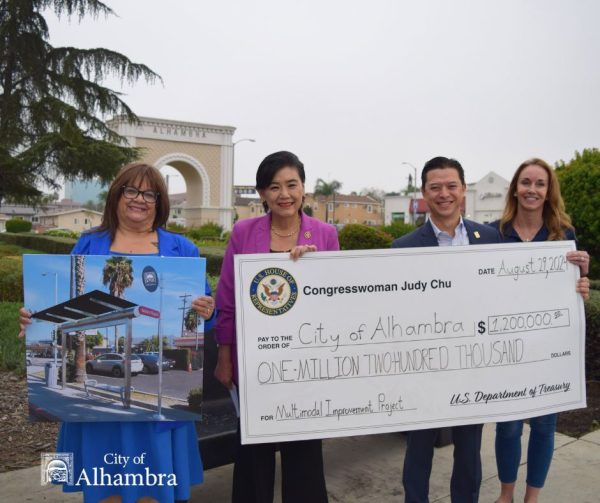Membership in unions in the United States reached a historic low last year with a 2023 rate of just 10% — half that of 1983 — according to the Bureau of Labor Statistics.
Despite lower rates of membership, labor-movement contributions and milestones continue. Decades of union reform work culminated in 2023 with historic contract victories for Teamsters and the United Auto Workers. In September 2023, President Joe Biden became the first sitting president to appear on a picket line, joining autoworkers in Michigan striking for higher wages.
Stacker compiled a list of 30 consequential victories that unions fought for in the name of workers’ rights. The list includes information about the milestones unions achieved and the circumstances that made those victories worth fighting for. There have been far more losses than victories over the decades, but the victories made earning a living in the United States a much more equitable, fair, safe and profitable proposition.
American workers today have a host of rights and resources should their workplaces be hostile or harmful because of a rich labor-movement history that put an end to child labor, 16-hour workdays, and unsafe working conditions. Organized labor — namely, unions — is also responsible for securing a 40-hour workweek, minimum wage (such as it is), anti-discrimination laws and other basic protections that were once far-off pipe dreams for millions of American men, women and children laboring in subpar and dangerous conditions for poverty wages.
These wins show what is possible for the modern labor movement. Keep reading to explore 30 hard-fought victories that America’s working class won in our names.
1794: Shoemakers organize America’s first union
The rise of so-called journeymen societies in 1794 led to the creation of the Federal Society of Journeymen Cordwainers of Philadelphia, which worked to protect the wages of shoemakers, who toiled in a large and profitable industry. The society was the first true union and can be considered the genesis of the American labor movement. The moment is also significant because it was the first time tradespeople organized for protection against “scabs,” workers willing to undermine demands for better pay by agreeing to work for cheaper wages—a dynamic that would remain a central theme throughout the entire history of the labor movement.
1842: Commonwealth v. Hunt legalizes unions
A court in 1806 ruled against the shoemakers and declared organizing for higher wages a criminal conspiracy. More than three decades later, in 1842, a high court in Massachusetts overturned that precedent in Commonwealth v. Hunt, declaring that workers do, in fact, have a right to organize and strike.
1866: National Labor Union is created
The end of slavery emboldened laborers around the country to capitalize on the national sentiment and pursue better conditions for themselves. A year after the Civil War, the formation of the National Labor Union represented the first nationally organized workers’ rights group. The organization’s efforts went a long way to raising awareness, but the group dissolved in 1873 and soon after, a series of violent strikes and successful corporate anti-labor campaigns compelled much of America to sour on the movement.
1882: The first Labor Day Parade marks a movement
On Sept. 5, 1882, New York City hosted the country’s first Labor Day Parade; around 10,000 workers marched in what is now an annual event, and the holiday was soon moved to the first Monday in September, just as it is celebrated today. Although a parade, of course, didn’t directly improve working conditions, the moment signified a psychological victory for labor and indicated a shift in public opinion that would ultimately lead to the rise of the progressive era in the 20th century.
1898: Erdman Act briefly ends union blacklists
In the second half of the 19th century, several major labor groups like the American Federation of Labor emerged as major strikers and often-brutal government and corporate reprisals created a nearly constant state of unrest. Much of that unrest was concentrated around railroad work, most notably, the Pullman Strike of 1894.
In an effort to quell tensions, the federal government passed the Erdman Act, which provided workers with arbitration and mediation options, while banning railroad companies from firing or refusing to hire workers for joining a union, a common intimidation tactic known as yellow-dog contracts. It would eventually lead to the more comprehensive Railway Labor Act of 1926, but not before the Supreme Court struck down the Erdman Act’s key provisions 10 years later in 1908.
1909: The Uprising of the 20,000 demands change
In 1909, the women’s rights movement and the labor movement converged with the Uprising of the 20,000, a strike launched by sweatshop laborers known as shirtwaist workers, who were mostly young, immigrant women. The strikers protested low wages, long hours and appalling conditions, especially the frequent and intentional locking of doors and fire escapes to prevent workers from leaving or even from taking breaks. The uprising secured the support of the powerful and well-heeled Women’s Trade Union League, and by 1910, most of the protestor’s employers agreed to sign union contracts.
1911: The Triangle Shirtwaist Factory fire exposes conditions
On March 25, 1911, the deadliest industrial disaster in New York City history changed the course of the labor movement when the Triangle Shirtwaist Factory fire killed 146 sweatshop workers, mostly women. Although the owners and management staff escaped unharmed, the workers found themselves in a death trap of locked doors, blocked fire escapes, and highly flammable material, like the kind the 1909 protestors had warned about. Although the fire itself, of course, was hardly a victory for labor, the death of the workers was not in vain — it galvanized the previously scattered and frequently infighting labor movement to unify, and stoked public outrage and demand for change.
1913: The Department of Labor is formed
On March 4, 1913, the efforts of generations of labor activists were realized, at least in part, when President William Howard Taft signed a law creating the U.S. Department of Labor. The labor movement now had representation in a Cabinet-level agency.
1916: Keating-Owen Act briefly curtails child labor
By the turn of the 20th century, 2 million children were laboring on farms, on city streets and in mills, mines, factories and stores. The work of social reformers and a nationwide campaign by National Child Labor Committee photographer Lewis W. Hine to chronicle and publicize the abuses led to calls for reform. In 1916, the Keating-Owen Act limited the number of hours children could work and prohibited interstate sale of merchandise produced by child labor, but the Supreme Court ruled the act unconstitutional just nine months later.
1921: The Battle of Blair Mountain pits miners against the police
The disparaging term “redneck” can be traced to 1921 when 10,000 West Virginia coal miners rose up against mining companies, managers and their allies in government after decades of abuses in what was the largest uprising in labor history and the most significant armed insurrection since the Civil War. Tying red bandanas around their necks in a show of unity, the miners faced off against thousands of heavily armed company agents, scab workers, law enforcement officers and military personnel who confronted the workers with heavy machine guns and, eventually, the only aerial bombardment of American civilians in U.S. history.
At least 100 people died and 1 million rounds of ammunition were fired before the rebellion was put down, but the efforts of the miners would lead to some immediate improvement in conditions and, more importantly, a larger voice during FDR’s future New Deal negotiations.
1925: Brotherhood of Sleeping Car Porters is formed
Shortly after the Civil War, George Pullman revolutionized travel with luxurious railroad sleeping cars, each of which came with a personal attendant called a Pullman Car porter. Consisting entirely of black men — originally recently freed slaves — the position was considered prestigious in the African American community, but the reality was grueling work, long hours, low pay and daily indignities and mistreatment. In 1925, after 12 years of struggle, the Pullman Porters formed their own union, becoming the first black labor union in history to force a powerful corporation to the negotiating table, marking a triumph of both labor rights and civil rights.
1926: The Railway Labor Act is passed
After decades of widespread, public, and often violent labor strikes — which were commonly put down by force with the aid of government troops — President Calvin Coolidge compelled unions and railroad bosses to agree on a different means of conflict resolution. In 1926, the Railway Labor Act substituted strikes for bargaining, mediation and arbitration. The law gave both unions and railroad companies the opportunity and responsibility to negotiate before resorting to strikes. It was the first federal law that guaranteed workers the right to organize, unionize and choose their own leaders without company interference.
1931: Davis-Bacon Act regulates wages
By 1931, the Great Depression was raging; the masses were desperate for work and employers found it easy to offer take-it-or-leave-it wage ultimatums. The Davis-Bacon Act required private contractors on all significant public-works construction projects to pay workers the “prevailing wage.” Those wages generally corresponded with union wages, and the standard now covers one in five construction projects and one in four construction workers at any given time.
1932: Norris-LaGuardia Act eliminates injunctions
In 1932, labor made major gains when the Norris-LaGuardia Act prevented federal courts from issuing injunctions to stop peaceful union strikes and protests, which had long hurt their ability to organize. It also protected workers from being fired for joining a union or from being forced to sign yellow-dog contracts, which demanded a vow not to join a union.
1933: Frances Perkins named secretary of labor
History was made in 1933 when Frances Perkins became the first woman ever to serve in a presidential Cabinet position — but the milestone was literally forged in fire. Twenty-two years earlier, Perkins was in New York City, having tea in Washington Square, when sirens and growing commotion compelled her to join a gathering crowd outside the towering inferno of the Triangle Shirtwaist Factory, where she watched helplessly as 47 workers, mostly young women, made the agonizing choice to jump to their deaths instead of burning alive. She later called the catastrophe “the day the New Deal was born.”
1933: The labor movement has one of its own in Washington
Frances Perkins is a towering figure in American labor, having dedicated her life and career to the common worker and the downtrodden in general. When FDR asked Perkins to join his Cabinet, the woman who would become the principal architect of the New Deal made it clear that she would only agree if Roosevelt backed her priorities, which the president promised he would. Those priorities, according to the Frances Perkins Center, were an amalgamation of the ideals the labor movement had pursued for generations: “a 40-hour work week, a minimum wage, unemployment compensation, worker’s compensation, abolition of child labor, direct federal aid to the states for unemployment relief, Social Security, a revitalized federal employment service, and universal health insurance.”
1935: The National Labor Relations Act becomes law
The National Labor Relations Act legitimized, enfranchised, and vindicated the workers’ rights movement more than any provision that had come before. The culmination of decades of union struggle, the act guaranteed the rights of private-sector workers to unionize, engage in collective bargaining for higher wages and better conditions, and, if necessary, to strike. It remains the foundation of modern American labor law.
1937: Auto workers win GM sit-down strike
At 8 p.m. on the night before Christmas Eve in 1936, autoworkers in Flint, Mich., took over one — and later, several — major GM factories, locking themselves in, refusing to work, and bringing production to a standstill. The company tried to freeze and starve them out, and the courts deemed the strike illegal, but the workers refused to budge. The governor also refused to send in the National Guard. In February 1937, after 44 days of dramatic stalemate, GM — arguably the most powerful and politically influential company in the world — capitulated to most of the workers’ demands, which included a fair minimum wage scale, protections against injury for assembly line workers, a grievance system, and the recognition of the United Auto Workers union.
1938: FDR signs Fair Labor Standards Act
The crowning achievement of the American union movement came in 1938 with the signing of the Fair Labor Standards Act, which guaranteed a minimum wage, an eight-hour workday, a 40-hour workweek and time-and-a-half overtime. It also mandated that minors under 18 be barred from certain hazardous work and prevented children under 16 from working in mines or manufacturing or in any job during school hours. The act ushered American labor into the modern era, gave 700,000 Americans an immediate raise and continues to serve as the basic foundation of workers’ rights and protections in the United States.
1941: FDR Forms Fair Employment Practice Commmission
In 1941, the Fair Employment Practice Commission was assembled to enforce an executive order from President Roosevelt that barred employment discrimination based on race, national origin, color or creed in defense or government industries that received federal funding. The FEPC served as the teeth of the executive order, as the commission was authorized to investigate complaints of discrimination and take action against offending companies or organizations.
1962: Kennedy signs Executive Order 10988
On Jan. 17, 1962, President John F. Kennedy signed an executive order that for the first time gave federal employees the right to unionize and engage in collective bargaining. Although private-sector employees had enjoyed these basic rights for decades, the moment was a milestone for federal workers.
1963: Kennedy signs the Equal Pay Act
The women’s rights movement and the labor movement ran parallel to each other and often intertwined from the very beginning. In 1963, the two movements achieved a mutual milestone when JFK signed the Equal Pay Act. An amendment to the Fair Labor Standards Act, the Equal Pay Act banned pay disparity for equal work based on gender.
1964: Johnson signs the Civil Rights Act
Although the 1964 Civil Rights Act mandated sweeping social reforms that were by no means limited to labor, union-backed workers’ rights campaigns were central to the civil rights movement — Martin Luther King Jr. was murdered in Memphis while supporting a strike by sanitation workers. The landmark civil rights legislation, in part, banned workplace discrimination based on race, gender, religion, color or national origin.
1967: Johnson signs the Age Discrimination in Employment Act
Organized labor continued its run of success in 1967 with the Age Discrimination in Employment Act. It prevented hiring discrimination based on age and protected workers over 40 or those collecting age-related federal benefits from termination or forced retirement. The act basically extended to older workers the rights associated with the 1964 Civil Rights Act.
1970: Nixon signs the Occupational Safety and Health Act
From black lung and mine collapses to farming accidents and factory fires, American workers were driven to unionize first and foremost for their own safety, health and wellbeing, which were often afterthoughts for the companies that used their labor. The Occupational Safety and Health Act required employers to protect their workers from toxic substances, mechanical dangers, unsanitary conditions, excessive heat and cold and other known physical hazards. The legislation created OSHA to inspect, investigate, and enforce the measure.
1974: Ford signs the Employee Retirement and Security Income Act
A central thesis of the workers’ rights movement is that a lifetime of labor should guarantee a stable retirement. In 1974, the Employee Retirement and Security Income Act protected workers enrolled in private-industry pension plans by setting minimum standards for how those plans are managed. The legislation required companies to disclose information about the plans to their employees and also put fiduciary responsibility on the people or organizations in charge of their assets.
1988: Congress passes the Worker Adjustment and Retraining Notification Act
Union workers long lived with the knowledge that a decision could be made to close their auto plant or coal mine without them knowing that their next paycheck would be their last. In 1988, however, Congress signed the Worker Adjustment and Retraining Notification Act without President Ronald Reagan’s signature. The act required most companies with more than 100 workers to give 60-days advance written notice if mass layoffs or plant closings were imminent.
1990: Bush signs the Americans With Disabilities Act
The Americans With Disabilities Act amended the 1964 Civil Rights Act to include workers with disabilities. It also required employers to make reasonable accommodations in terms of accessibility and other special needs.
1993: Clinton signs the Family and Medical Leave Act
The Family and Medical Leave Act required employers to allow their workers to take off 12 job-protected workweeks in a year for things like the birth or adoption of a child, a serious illness, or to care for a seriously ill child or spouse. There are also extended considerations involving military families. Unlike in most wealthy Western countries, however, the act does not mandate paid maternity or paternity leave, which means the time off is guaranteed but uncompensated.
2009: Obama signs the Lilly Ledbetter Fair Pay Act
The 2009 amendment to the 1964 Civil Rights Act, the Lilly Ledbetter Fair Pay Act, was so-named for the plaintiff in a Supreme Court case that spurred the legislation. Prior to 2009, the mandated 180-day statute of limitations for a worker to file an equal-pay lawsuit began when the employer made the initial discriminatory pay decision, meaning that if a woman found out she was being paid less than a man for equal work six months after she agreed to her salary, it was too late for her to file suit. The 2009 legislation reset the statute of limitations with every discriminatory paycheck received.
Written by Andrew Lisa. Additional writing by Nicole Caldwell.
The story was copy edited and retitled from its original version.
Re-published with CC BY-NC 4.0 License.







